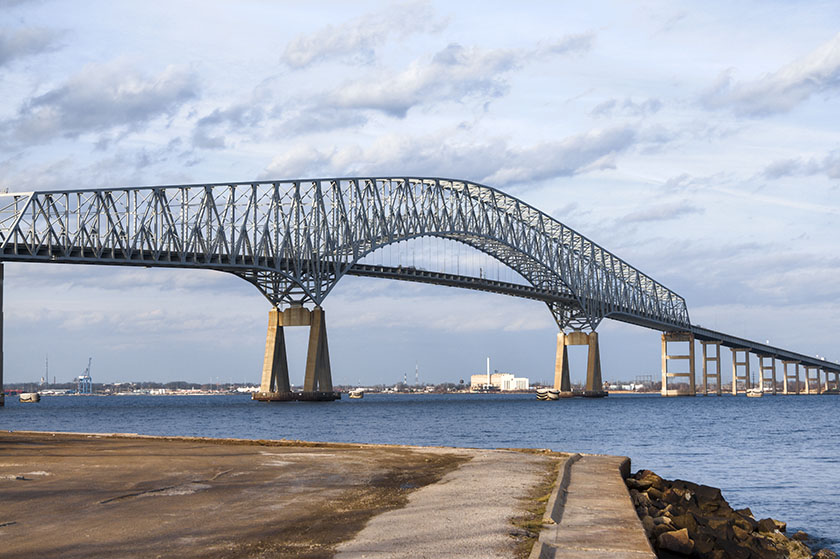Traffic takeaways: The Baltimore bridge collapse Read article


It goes without saying that 2020 has been an unprecedented year, bringing fundamental changes to the way we live and work. That disruption has also affected the way we move — or don’t move — through the world around us, from commuting to taking our kids to school to the way we spend our weekends. And just as our lives adapted to a world affected by COVID-19, so too have our transportation habits.
In October, Arity’s president, Gary Hallgren, joined Business Insider Senior Editor Alex Davies and Meera Joshi, principal at Sam Schwartz, for a special digital event, “IGNITION: Transportation — Shifting Gears, Innovation Ahead.”
In a quick poll ahead of Gary’s session, 80% of attendees said they would prefer a hybrid office/work-from-home model going forward. If that statistic holds true for all office workers, the nation’s transportation habits and infrastructure demands will undergo massive changes in both the short- and long-term.
During the session, Gary, Alex and Meera discussed the many ways the events of today will shape the future of driver habits and the transportation landscape. Here are some of our most important takeaways:
Over the course of one weekend in mid-March, Arity data showed that states’ driving miles plummeted by as much as 70%. Office workers transitioned to home offices, schools closed and people just plain eliminated inessential trips at a previously unimaginable level.
Today, while cars have largely returned to the roads, previous driver habits have changed, Gary noted. Arity’s time-of-day data indicates morning commuters’ miles are still down more than 20%, thanks in no small part to the continued prevalence of remote work. Morning driving data also varies between states where in-person schools reopened, like Florida, and those where students are learning remotely, like California.
Data trends aren’t just showing us when people drive, they show us how people are driving. “If you’ve been on the roads and you think you see a lot more people flying by you at 80+ mph, you’re right,” Gary said. Arity is seeing 15% more drivers moving at significant speed, especially in the morning, likely due to reduced traffic. While drivers are also being less aggressive on the roads, when they do get into accidents, those incidents are far more severe because of increased speed.
Yes, across the country, drivers are returning to the roads. But data around driver habits in states like New York or Georgia, which contain both extremely metropolitan and extremely rural areas, don’t offer an accurate picture of what’s really happening at a local level; the states are simply too large and there’s too much variation.
Instead, Arity drilled our data down to the county level — almost to the ZIP code. The difference was striking: We found rural vs. metropolitan driving habits contrasted far more than state-by-state data. “If you got a little bit outside Atlanta, you looked a whole lot more like South Dakota or Wyoming than you did the county right next door,” Gary said.
The difference-maker? The availability of transportation choices. In larger cities, drivers who returned to their offices from remote work can choose public transit, scooters, e-bikes or other options instead of hopping behind the wheel. Groceries are delivered to their doorsteps, and their children are likely learning from home. And those driver habits just aren’t reflected if we consider the wrong data set.
New data doesn’t just tell us about today’s driver habits. It points to longer-term shifts in behavior that will necessitate both quick, easy fixes for immediate accommodation and long-term, large-scale solutions.
Thanks to Gary’s past experience as a civil engineer, he understands the complexities of transportation decision-making. Road planning happens a decade at a time, he said. Meeting drivers’ immediate needs is a major challenge, while long-term planning requires a deft touch.
In the short term, congestion pricing, or charging increased rates to access highly trafficked roads during popular times of day, is an effective option. But more comprehensive solutions are required for long-term adaptation. Fortunately, we’ve never had more data at our disposal to develop those solutions.
More data doesn’t automatically translate to solutions overnight. During the session, Meera touched on an important point around the need for better data-sharing for better solutions. American consumers, she said, can’t get the full picture of the best choice between various transportation options based on factors like speed and price. Companies just aren’t sharing that information with one another or with consumers.
Not only would such data sharing benefit consumers, who now are more comfortable than ever before sharing their data, but also utilities and departments of transportation. “If they’re only looking at one side of the equation and not seeing what’s happening with consumers, not seeing what’s happening with Lyft and Uber, they’re also not going to make the most accurate choices,” Gary says.
Arity generates more than a billion points of data around driver habits every two days. That information creates value only when we use it to develop tools and solve problems. That’s true of data on a macro level around our country. When companies work together throughout the entire transportation ecosystem, including OEMs, cities, rideshare and insurers, to promote the unification and availability of data, there’s no telling how far we can go in improving our industry.